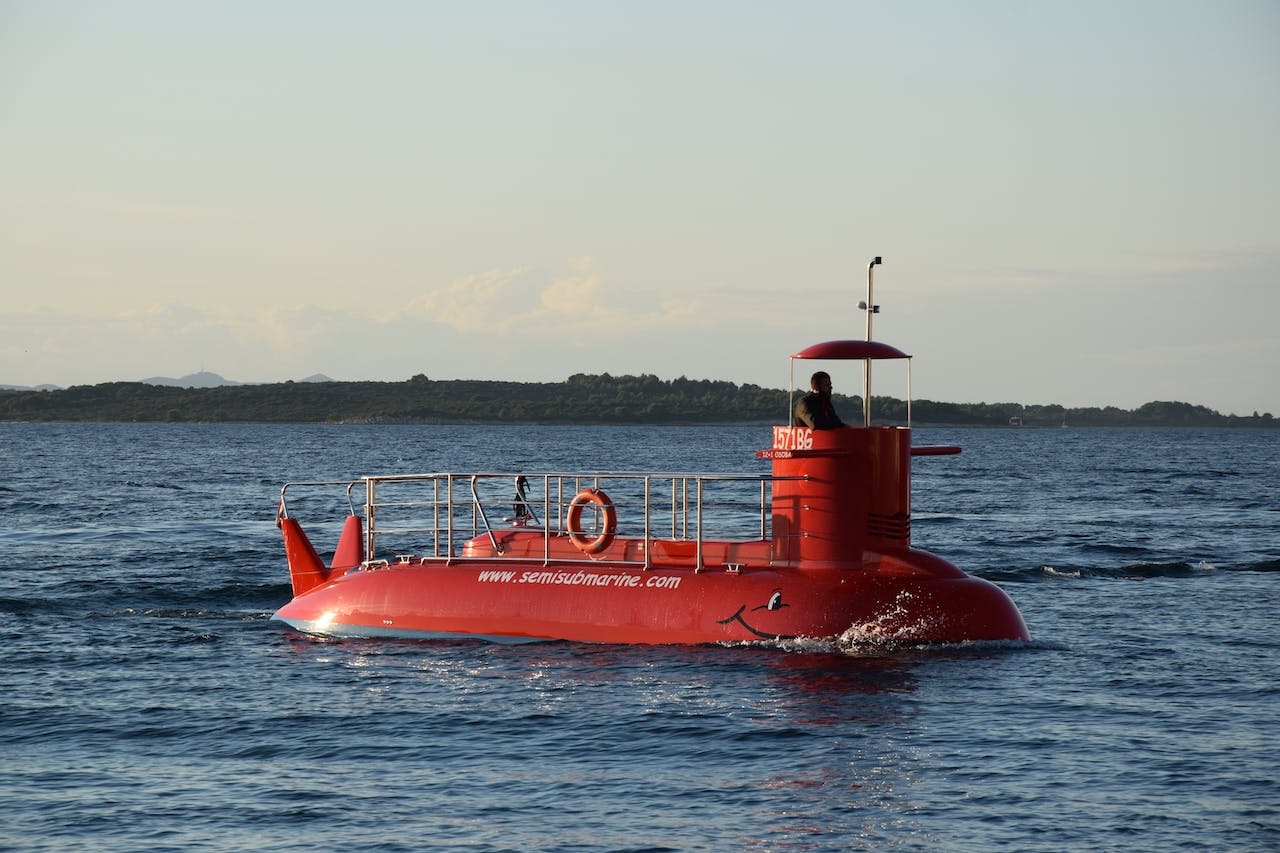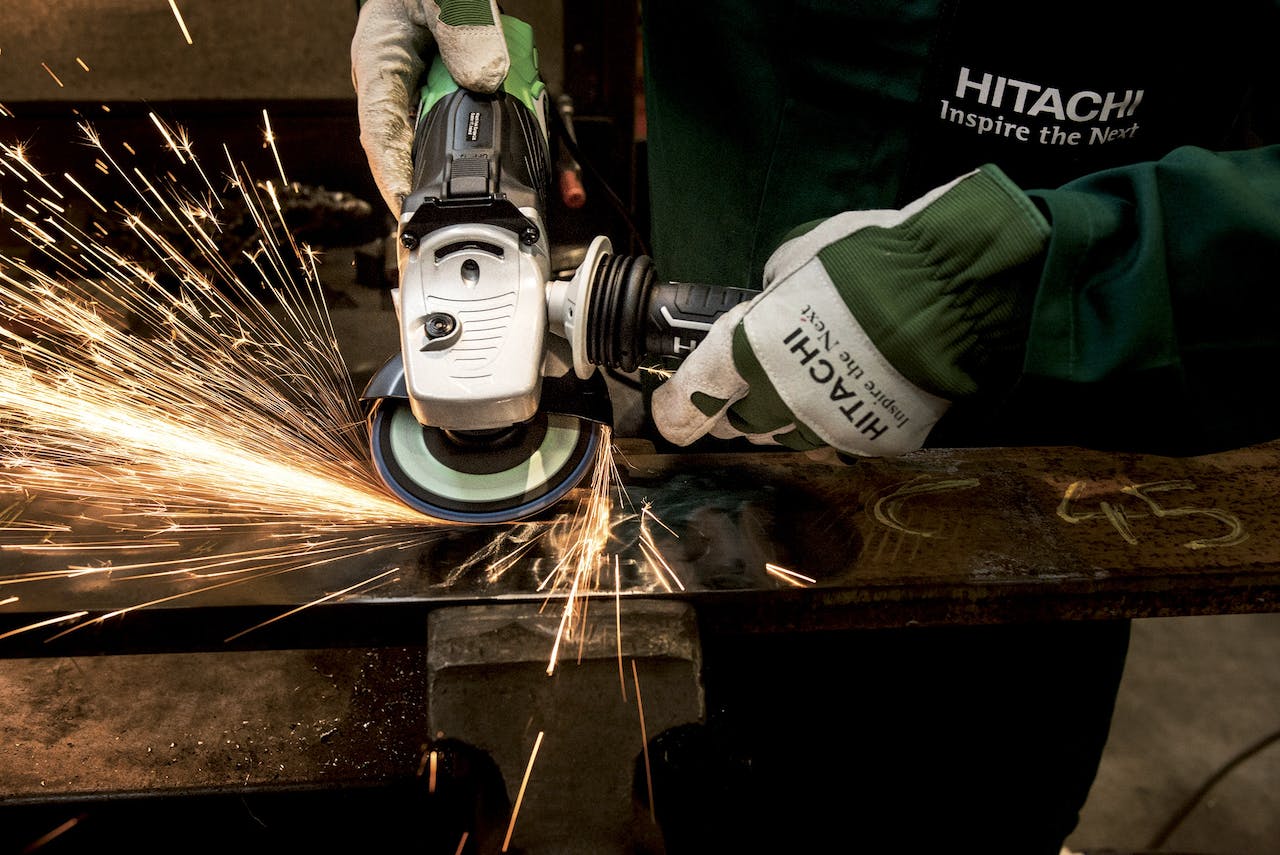The depths of the oceans indeed present extreme environmental conditions, characterized by intense pressure, and low temperatures. The Rov’s must be designed by keeping in mind that they have to withstand intense pressure, corrosive saltwater, and frigid temperatures in the depths of the oceans. It is a fact that machinery operating at these extreme conditions face several challenges.

The interaction of material science, precision engineering, and a perfect design is the ultimate solution for it. Machining ROV parts and maintaining their functional integrity needs expert engineers and designers. Advanced precision machining techniques help engineers to maintain uniformity and distribute stress effectively in these structures.
In this article we will figure out the machining challenges we have in designing deep sea ROV’s. We push the boundaries for exploration and research to develop a machine for the most challenging environmental conditions.
Materials for Extreme Environments
In deep sea exploration machinery, the choice of material is the most important paramount to ensure the durability and longevity of remotely operated vehicles (ROVs). The material is chosen as per their structural integrity, strength to weight ratio, corrosion resistance, compressibility ratio and machining capacity. Every material has its unique properties, and applying right machining and surface finishing techniques to them can make these materials ideal for these conditions. Corrosion resistance materials like titanium and its alloys are most favorite for this machinery. Secondly, the accurate structural integrity that titanium ensures in extreme pressure and low-temperature conditions makes it a perfect fit. To design these complex structures multi axis’s CNC machining services plays a pivotal role here.
In deep sea’s with the increase in 10 meters depth of the ocean the pressure increase 1 atmosphere. So, when you are at 10,000 psi then it is a most important paramount. Consider the machining challenges of Pressure hull which is the most important component of submersibles and underwater vehicles. For designing a pressure hull for 10,000 psi titanium is a perfect choice.
The precision machining techniques used in manufacturing are CNC milling and CNC turning with diamond coated tools, to ensure high precision and surface finish requirements. In the meantime, Finite element analysis is performed frequently so that engineers will be able to figure out the extreme stress points and improve the structural stability. Lastly, adaptive machining processes were performed to test the product under desired pressure and temperature conditions. These adaptive manufacturing techniques gives a real-time data on the experimentation done on these ROV’s as per the maximum operating conditions. This will help in improving the structural stability of the machines.
Superalloys are Inconel and Hastelloy, which are excellent choices for the manufacturing of pressure housing, valves, fittings, and structural components of ROV’s. These superalloys are able to bear extreme pressure conditions and temperature changes. Inconel alloy is suitable for applications at depths reaching around 3,000 meters (6,561 feet) or more. And Hastelloy is able to with stand pressure up to 4000 meters.
Corrosion-Resistant Machining Techniques
As selecting a suitable material does not solve all the problems. Even the tough and highly resistive material, when exposed to deep sea waters for a long time may catch corrosion effects. These corrosion effects will definitely weaken the structural durability of the underwater machines. To overcome these issues several surface treatment techniques along with the precision machining are performed to extend the lifespan of critical components.
Advance surface treatment procedures and vapor deposition treatment are used to build a protective layer on the machined service. This protective layer insulates the original body of the machine and saves it from harsh environmental conditions. Secondly passivation is also a very common technique used to protect the surface of the ROV’s. In this technique unnecessary iron ores are removed with the help of chemicals; this will protect the ROV surface from corrosion initiation.
Addressing corrosion challenges at every stage of manufacturing an ROV can ensure the reliability and longevity of these machines in extreme marine environments. Applying the precision machining approach with tight tolerance and precision reduces the areas that are vulnerable to corrosion. Advanced CNC multi-axis machining along with EDM and water jet cutting, employed the designers to make intricate geometries without making any stress concentration or microstructural changes during the machining process, which eliminates the chances of corrosion initiator points.
Machining High Pressure Sealing System
An ROV machinery consists of a lot of embedded components, these components need control environmental conditions for their smooth operations. Keeping things aligned at sensitive conditions with humidity-effective components is always a difficult task for the engineers. To overcome this issue high pressure seals are used. High-pressure seals play a critical role in the containment of fluids in deep sea waters. These seals are developed to prevent any leakage and maintain the integrity of pressurized systems. During machining processes, these seals are designed such that they are able to endure high pressure cycles, vibrational stresses, and chemical decompositions.

To design these complex structures multi axis’s CNC machining plays a pivotal role here. With the help of these machines, engineers are able to design complex design seals with tight tolerance and ensure a secure fit for the components. But before deciding about machining operations, right material is choosen which is able to endure pressure cycles, has excellent compression and decompression flexibility and have excellent stability at high temperature and low temperature ranges. For that purpose, mostly materials like high-grade elastomers, thermoplastics, and metal alloys are used as they have resilience and the ability to sustain under high pressure up to 10,000 psi.
As the ROV components need watertight integrity in their structure, so seals are tested by rigorous testing to simulate real-world conditions before the final stage of manufacturing. This rigorous testing confirmed the seal’s ability to maintain functional integrity above extreme depths exceeding 6,000 meters. These tests include endurance testing, vibration testing, chemical compatibility testing, and pressure cycling testing.
Conclusion
As we delve deeper in to the exploration of deep oceans the relentless pursuit of the advancement in CNC machining and material science technology gives an ultimate solution to figure out the mysterious hidden beneath the waves. The synergy of CNC machining, Rapid prototyping, material selection and surface coating techniques shows how modern machining tackles these multifaceted challenges proposed by extreme deep-sea environments.